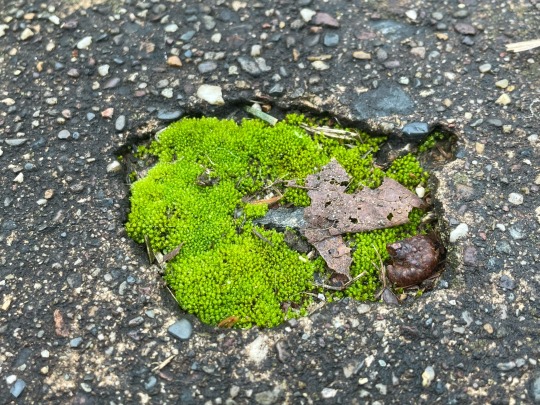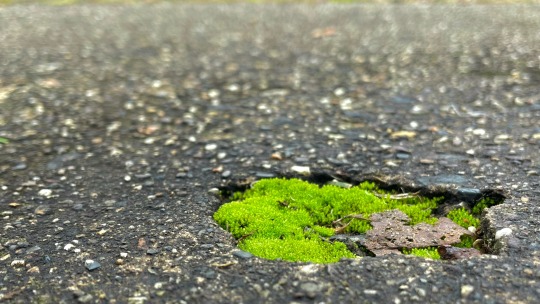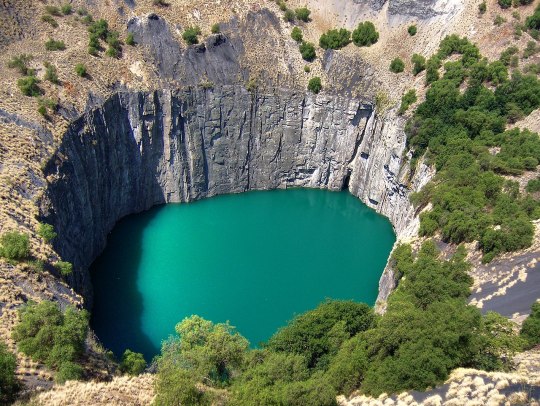Text

location: moss oasis, endless barren waste

known for: moisture, spores, mite farming
36K notes
·
View notes
Text

The Big Hole, Kimberly Mine, Northern Cape, Kimberly, South Africa.
In operation from 1871-1914, The Kimberly Mine was an open pit diamond mine with a maximum depth of 240 meters (790 ft). Most of the miners were Bathoso (one of the many ethnic groups oppressed, abused, and dehumanized during the apartheid) men who associated mining with death and danger (as one should). A miner's poem follows:
"Death does not choose; famine chooses.
I was going to my mother quietly:
"Mother, take a letter for me,
I am going to DeBeers (mines).
Scarify me with qetella pele
['finish first' medicine],
So that these multitudes should follow my lead."
Other men's villages are not entered freely,
Lad, the day I'm going, I mount to ride away,
A woman of witchcraft was already hard at work;
I saw her early going to the graveyard,
She puts on a string skirt fastened with knots,
She takes the arm of the corpse and waves it,
A mouthful of blood, she spits into the air,
She says, "Men gone to DeBeers.
They can come home dead from the mines."
To me, Child of Rakhali
I am not dead; even now I still live,
I am a wanderer of the mines; Sootho"
— Coplan 1995: 33
Those who died in the mine were buried in unmarked, mass graves. Their history shall not be erased.
[Feel free to add corrections and additional information concerning apartheid, the Kimberly Mine and/or the Bathoso.]
12 notes
·
View notes
Text

Sinkhole, St. Matthew's Ave/Spruce Street, Winnipeg, Canada.
Image credit: Travis Golby, CBC
1 note
·
View note
Text

Doughnut hole, sour cream doughnut.
1 note
·
View note

